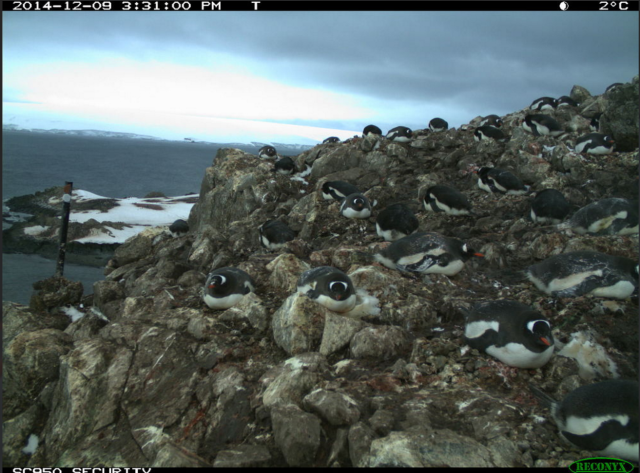Early Access games first cropped up in mid 2009, Minecraft being the first ever game to make use of it. The main premise of Early Access games is that a company can gather funds, data and testers for their game, before it is anywhere near completed. Usually, game developers keep their games mostly behind closed doors until it is nigh on completed and ready for release, at which point they begin to advertise as much as possible.
However, Early Access games opt to get the players to pay for the game sometimes years before the game is anywhere near completed, sometimes paying full release price, or a lower price, which goes up in increments as the game develops.
Perhaps the most famous of these games is DayZ, a game which sold over 400,000 copies of the game in one single week.
Unfortunately, a lot of these games (DayZ included) find themselves being played less and less as time goes on due to shortcomings in the development process, goals not being met and promises not being kept, up to and including a complete shift in what the game was originally meant to be.
What I wanted to explore was whether it was actually true that only Early Access games experience this fall in players over time, or if it was just something that happened to all games, regardless of how popular they are/were.
I decided to use DayZ as my first example, due to its fame and widely divided playerbase.
As you can see in the graph above, DayZ’s popularity dropped drastically, from such a high number, to an extremely low one, especially for a game that appeared to have such promise, one that gave birth to an entirely new genre.
Below is another graph of the amount of peak players per month of another game by the same developers, one that essentially have the same “base” game but follow different settings, Arma 3 being set in a military scenario, DayZ in a zombie survival scenario.

As you can see, the popularity of this game has not only not fallen, it has only risen, starting at a similar level as that DayZ now finds itself, and growing in numbers only to go beyond DayZ’s highest (and also first) month of players.
I wish now to explore why this is. In Early Access one is required to patiently wait each month to hear reports from the developers, giving them a look at what the studio has been working on in the weeks gone by. They must also battle through the bugs and restart their computers countless times when the game crashes, wait for hours to die as their characters get stuck in a rock and slowly starve to death.
On top of this they are forced to count the days until the next update that adds the new content that they have been waiting for months, even years to see, and some may never have their wishes fulfilled.
What is the problem? Patience. In our society (particularly in my generation) we often find it hard to wait for things. The “I want it right now” mentality is rife these days, and not being able to get things as soon as we want can lead to complete disinterest, and people often find themselves moving onto other games to pass the time, and then wonder why the hell they waited for another game when they could play one that was finished when they bought it.

The comparison above is enough to go on. People want to buy products that are finished, and it is true that buying a product that is incomplete or not fit for purpose is often the reason for getting a full refund of the product. When was the last time that you bought a toaster that could not make toast, but would do someday when the company completed the product?
Now that is not to say that all Early Access games are unsuccessful, there are a lucky few who make it out alive, usually because of better communication skills, and the ability to finish the project much faster than others can, reducing years into perhaps months.
When studying this subject I began to think about collaboration and patronage in relation to Digital Humanities Projects. I realised that some of the skills that can be observed in the developers that manage to succeed in Early Access Games could be used in my own projects. The developers who do well are capable of learning from their mistakes and know the right way to communicate with their patrons. They know that giving unrealistic deadlines can annoy people, especially when they are missed by months. They also make sure to update people on their progress, which makes patrons and collaborators of the project feel more involved, and feel that both the money and the time that they have spent have not gone to waste.








